April 14, 2025 | 09:29 GMT +7
April 14, 2025 | 09:29 GMT +7
Hotline: 0913.378.918
April 14, 2025 | 09:29 GMT +7
Hotline: 0913.378.918
We went together to the vast field of Thong Nhat Agriculture Service Cooperative on the concrete-paved road dividing the sprawling fields on both sides. Mr Nguyen Duy Vien, the director of the cooperative, overlooking the green rice fields, said: "There are two main tasks for Thong Nhat farmers to be assured of two rice crops per year, which are the system of embankments to prevent early floods and measures against 'rat enemies'." This has been proven over nearly 20 years that we have consistently had successful harvests.
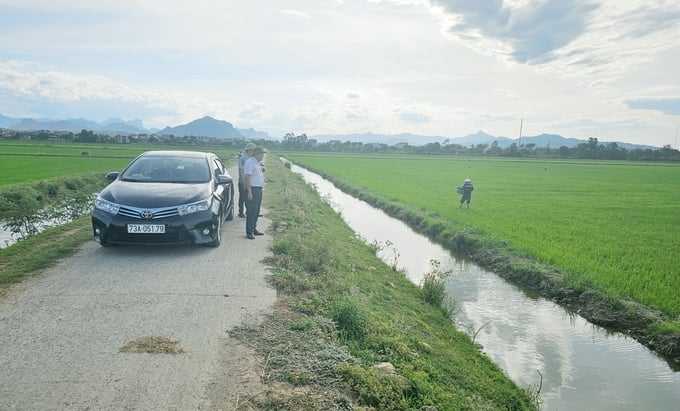
Today, a levee stretches out into the fields of Thong Nhat Agricultural Service Cooperative. Photo: T. Duc.
I remember clearly that it was a day of relentless rain pouring down like an endless uphill stream, overflowing the fields of Thong Nhat village (An Ninh commune, Quang Ninh district, Quang Binh province) when the rice plants were turning gold and nearing maturity. Earlier, the growing season had been quite favourable, so the rice plants in the fields were thriving, and everyone was excited anticipating a bumper harvest." For several consecutive days, heavy rains fell, the waters of the Kien Giang River rose, and the floodwaters inundated the fields. The rice plants stood submerged, and the next day, the golden ripe grains were bent over...
I also brought two raincoats to accompany the villagers as we waded through the water on the levee to find Mr Nguyen Duy Vien (the head of Thong Nhat Agricultural Cooperative at that time). Day and night, Mr. Vien was there on the fields, personally directing the villagers in building embankments to rescue the rice. Almost the entire workforce, young and old, men and women, were mobilized to build the embankments to fend off the floodwaters. Convoys of vehicles carrying soil, wood, and planks... traversed through the rain to reach the fields.
The weaker sections of the levee were reinforced with sandbags to hold the line. Wood and planks were deployed to shore up the embankments, and sandbags were hastily placed to block the raging floodwaters. The strength of the people battled against nature to save the golden rice, to preserve the promise of a fragrant meal at harvest time...
Yet the heavy rains persisted. The floodwaters crashed against the levee in relentless torrents of rain. The weaker sections of the levee gave way under the immense pressure of the flood, and water rushed like a waterfall into the fields, hastening the villagers' hurried footsteps. Dozens of sandbags, filled to the brim with sand, were frantically dropped to stem the ferocious flow of the flood, but it was in vain. The flood had triumphed. And the following day, the fields of golden ripe rice, like a painting, were submerged deeply under the shimmering silver waters, rising and falling with the waves...
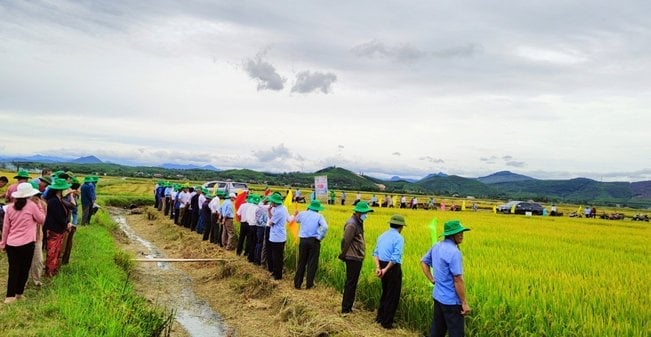
The large fields of Thong Nhat Agricultural Service Cooperative are always chosen as a model for high-yield, high-quality rice production. Photo: T. Duc.
I sat with Mr. Vien in the modest four-room house that serves as the headquarters of the cooperative. The old tiled roof leaked, and rainwater dripped onto our shoulders while Mr Vien shifted to dodge. His eyes were deep-set, and he sighed: "Such a pity, mate. It's been so long since the villagers had a plentiful harvest. We thought this year would be enough to eat and clothe ourselves... But the heavens are harsh, poor the villagers". He glanced out at the sombre rain, contemplating what could be salvaged from the fields of rice.
"It's been a couple of 20 years now", Mr Vien warmly recalled the past.
From the lesson of "seeing not solving" in that year's harvest, right after the grand communal assembly, Mr Vien proposed concentrating resources to build a levee system combined with internal field traffic. "At that time, the villagers were still facing many hardships, but we had no choice. Without a levee system, the rice fields continued to suffer losses. But how to do it had to be carefully planned", Mr. Vien remembered.
"Back then, we only had modified vehicles going into the fields; no one would have thought of cars like today. But we designed levees as wide as 5 - 6 m", Mr. Vien said. Over a week of surveying and calculations, large and small levee systems were planned out on paper. Any levee that hadn't been built yet, we would have the locals continue to sow, and when resources were available, we would continue with the construction. Resources were mobilized from the people, based on the proportion of grain contributed per Sao of land.
"We planned gradually each year, fitting each levee to the capabilities of the locals; it couldn't be done all at once. This included support from the state through agricultural projects. Through two rounds of consolidation and land exchange over nearly a decade, the levee system of Thong Nhat Agricultural Service Cooperative has taken shape and has enough strength to withstand the small floods and early floods every year", Mr Vien recounted.
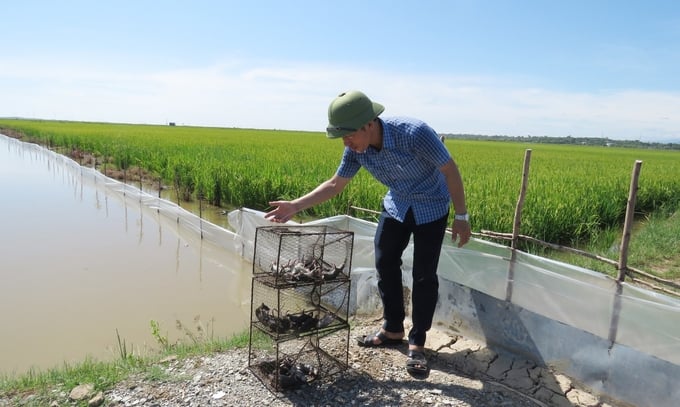
Thong Nhat Agricultural Service Cooperative invests in a system of nylon walls and traps to effectively control rats, ensuring the safety of the rice fields. Photo: T. Duc.
"Transportation and irrigation are two key issues that we have implemented comprehensively. However, a new 'enemy' in the fields is the problem of destructive mice, which have caused significant damage to us, especially during the summer-autumn crop", Mr. Vien shifted to another story.
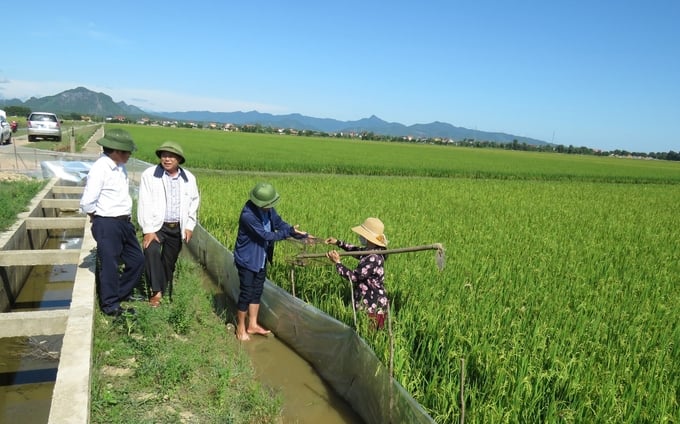
By now, the large field covering over 250 ha managed by Thong Nhat Agricultural Service Cooperative has allowed local farmers to confidently cultivate 2 robust rice crops/year. Photo: T. Duc.
The production area of Thong Nhat is nearly surrounded by the communes of Gia Ninh, Vo Ninh, Van Ninh, Hoa Thuy... (Quang Ninh district). During the summer-autumn crop season, the fields in surrounding communes near Thong Nhat Agricultural Service Cooperative remain fallow, causing mice to migrate towards the cooperative's fields. In some years, within just a few nights, mice have caused extensive damage, destroying over 30 ha of rice ready for harvest.

For nearly 20 years now, Thong Nhat Agricultural Service Cooperative has consistently achieved high yields. Photo: T. Duc.
"Each nylon fence is over 0.5 m tall to prevent mice from swimming and biting. The stakes are placed inside the field so that mice cannot climb over into the rice paddies. Openings are left at corners of the field bunds, where traps are set. Mice circle around looking for entry points and will enter the traps.
During the peak periods, field staff have to check the traps twice each night to catch mice. Some traps catch up to a hundred mice. "The mouse problem has been contained. From significant losses, now the farmers only suffer negligible losses. Since then, Thong Nhat Agricultural Service Cooperative has been confident in producing two reliable rice crops, and for nearly 20 years, they haven't encountered significant setbacks. In recent years, local farmers have made profits ranging from VND 30 to 40 million/ha/crop", Mr. Vien said.
Translated by Hoang Duy

(VAN) According to Deputy Prime Minister Bui Thanh Son, through this P4G Summit, Vietnam aims to convey the message of transforming its growth model towards rapid and sustainable development.
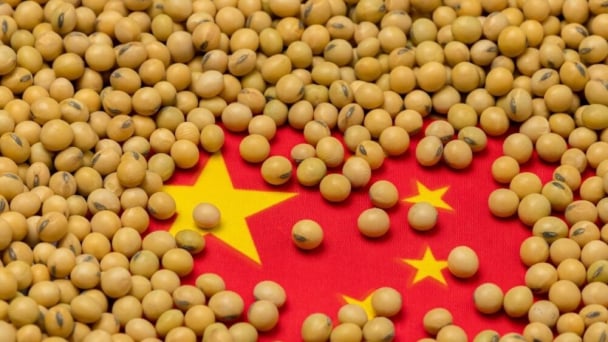
(VAN) Soybean production has been a priority for China to ensure food security, with increased soybean cultivation and yields highlighted in the annual No. 1 Central document.
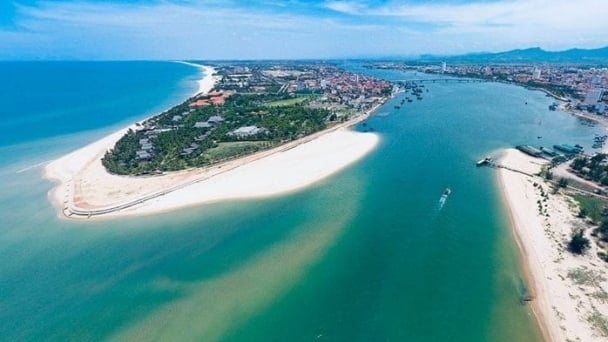
(VAN) Vietnam Sea and Islands Week 2025 is expected to take place in Quang Binh, featuring a series of meaningful activities aimed at protecting the ocean through green technology solutions.
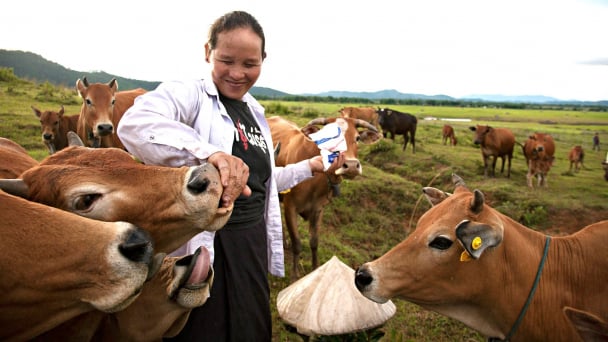
(VAN) The One Health approach is no longer merely an option, as increasingly complex challenges confront health and food systems.
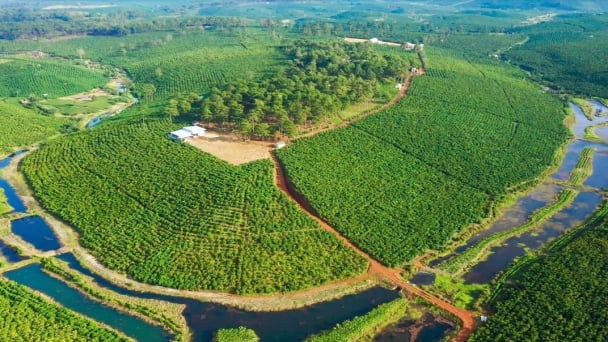
(VAN) The project promoting sustainable coffee production, with a focus on waste management and raising farmers’ awareness, has achieved many positive results after nearly two years of implementation.
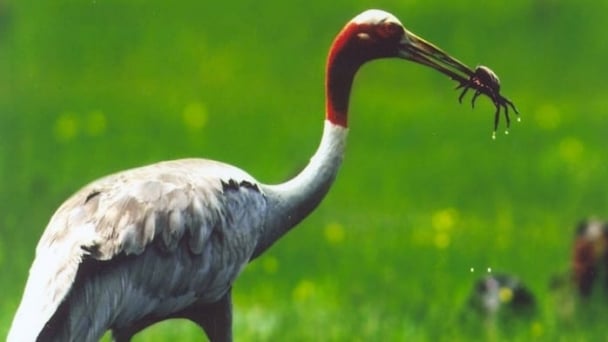
(VAN) Transferring and receiving 6 individuals of the red-crowned crane from Thailand to Vietnam marks a significant milestone in the conservation efforts for this species.
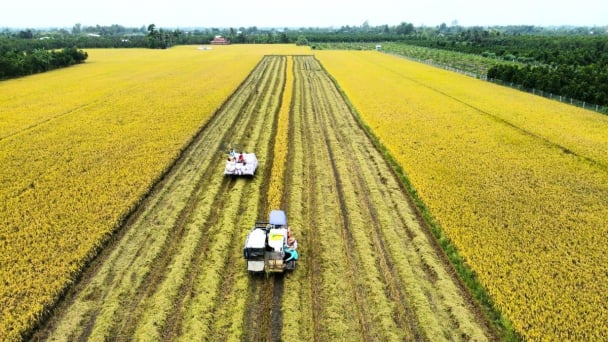
(VAN) After more than a year of implementation, the One Million Hectares of High-Quality, Low-Emission Rice project has completed the first steps, but it needs breakthrough solutions to deepen impacts in the upcoming phase.